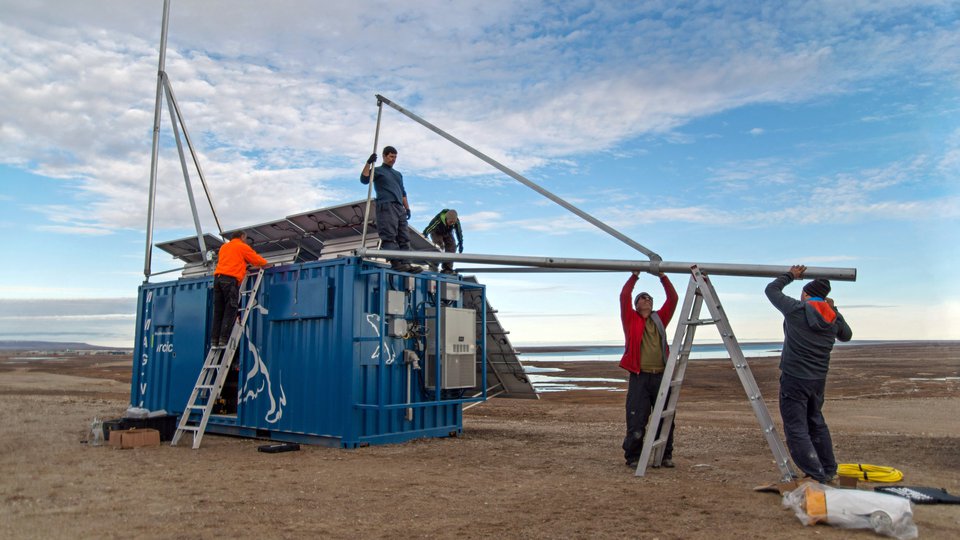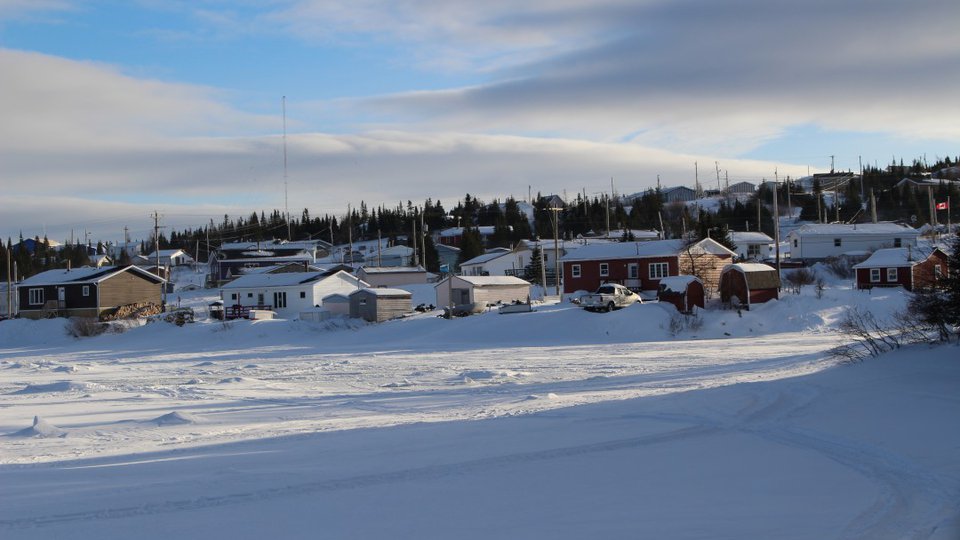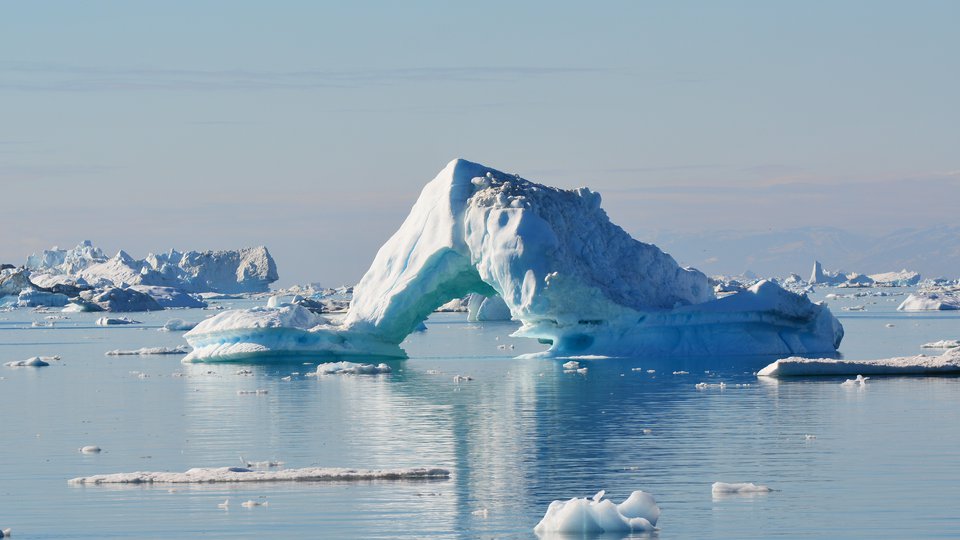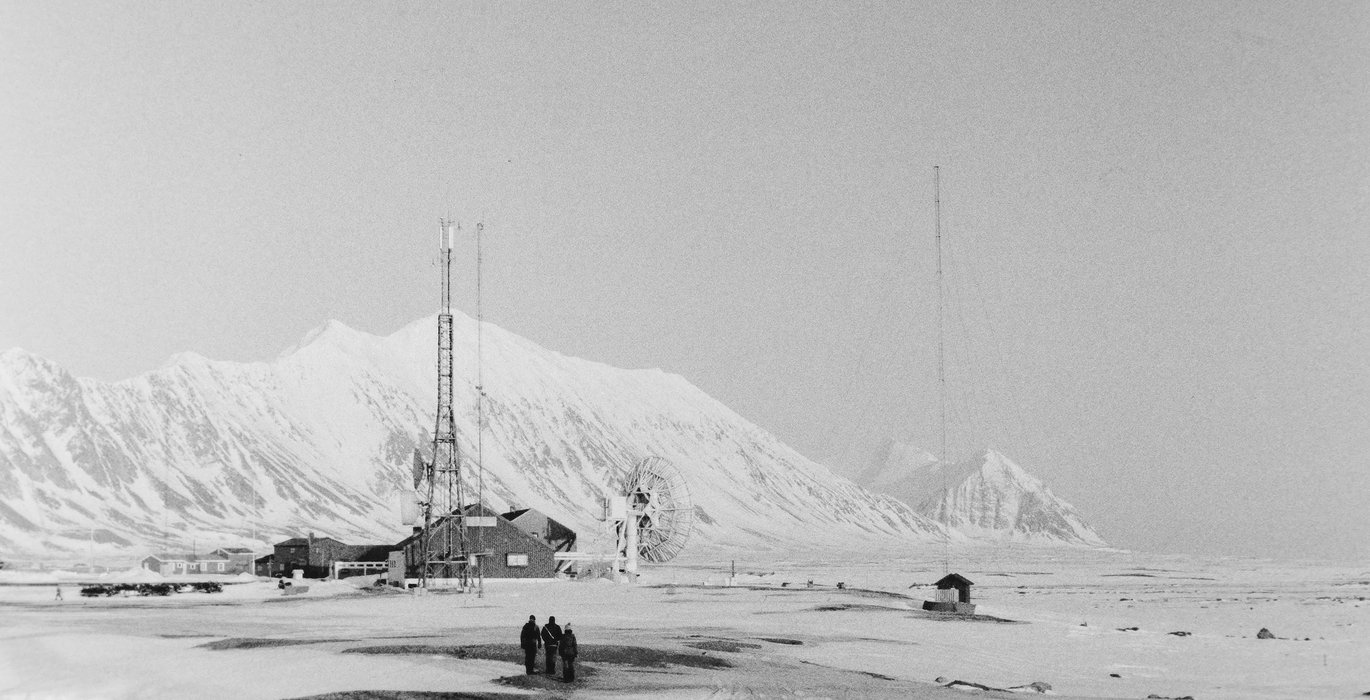
At 78ºN, resides the northernmost University, the University Centre of Svalbard (a.k.a UNIS). In spring 2023, I was finishing up the 2nd year of my PhD in southern Connecticut, itching to be away from the city and surrounded by rock and ice. UNIS seemed like the perfect place just for that. Once I was accepted into an Arctic geology course at the University Centre of Svalbard (UNIS), I proceeded to google every detail about Svalbard, a Norwegian Arctic Archipelago with more polar bears than people. In my quiet and average New England town, the thought of coexisting with polar bears instantly sparked my interest.
At that moment I decided I was in search of a polar bear (also known as isbjørn in Norwegian, translating to ice bear).
At the time I didn’t think it would be too challenging. They are huge bears after all, and they outnumber people in Svalbard.
Was it a lost cause?
Unsurprisingly, few people live on Svalbard, less than 3,000 for 62,000 km2 (for reference my hometown has more than 6,000 people for 14 km2).
Upon arriving in Longyearbyen a realization occurred, as I peered in every direction the entire landscape morphed into rock, ice, and snow - 90 per cent blinding white slopes and 10 per cent thick black and gray bands of rock.
There would be no way anyone could make out a completely white polar bear. My confidence began to dwindle as soon as I had arrived. I questioned other students who had been there for several months and many had never seen one.
I arrived on April 16th, 2023, four days before the first 24-hour sun. At least I was in the Arctic with full daylight instead of full darkness. I could search all day and all night.
It was very difficult to maintain adequate sleep, hours would pass by as I chatted with new friends and marveled at the 360º of snow-covered mountains. The midnight sun clouds your mind from thinking about sleep. Around 2 a.m. you start to feel physically fatigued. This urges you to look at the time… “Oh shit, it’s 2 a.m… Off to bed, there is class in the morning”.
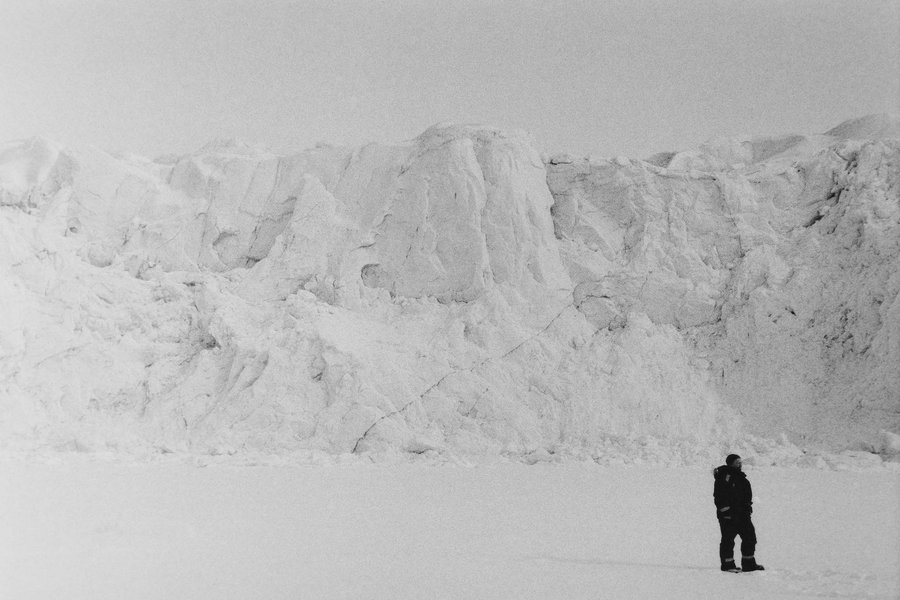
Photo: Gryphen Goss
Learning to live in the Arctic
Sleep-deprived, the next morning I slid open the black-out curtains and momentarily stunned my retinas. Each UNIS course begins with safety training that is subdivided into snowmobiling, avalanches, and of course polar bears.
Snowmobiling (aka scootering) is one of the main perks of going to Svalbard, it’s the main mode of transportation during the winter months (October-June). Avalanche safety training was also very necessary. In 2015, a neighboring mountain, Sukkertoppen, released an avalanche directly into town, burying 10 homes. Many snowmobile routes entered avalanche paths, requiring you to always wear beacons and carry a shovel and probe when leaving town.
Polar bear training was the most interesting. Here I was able to collect critical information to assist in my search. Polar bears are marine mammals that thrive on shorelines and sea ice. They primarily consume seals and the odd reindeer (a story for another time, there are tons of reindeer).
If I wanted to find a polar bear, I was going to need a boat. Lucky for me, I was enrolled in “The Marine Cryosphere and its Cenozoic History.” Not so lucky, there was no boat, however, fieldwork would take place on sea ice in a few different fjords. We would be collecting ice cores directly in polar bear habitat!
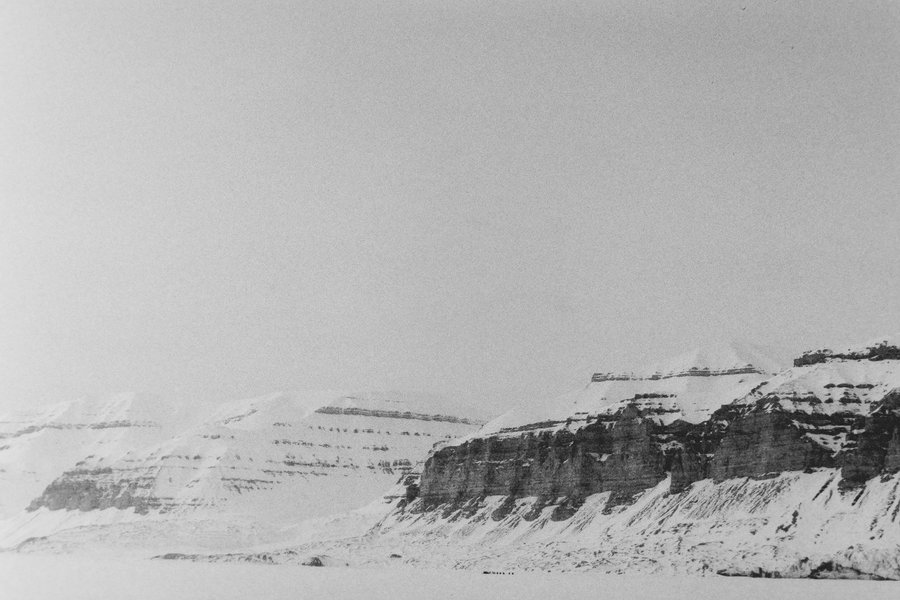
Photo: Gryphen Goss
Can’t forget about the science
Fieldwork took us to distal fjords, hundreds of kilometers of snowmobiling, going on average 60 km/h, weaving through the transcending valleys of white. The constant vibration and hum of the motor were muted by the constant sight of a beautiful alpine landscape.
After hours of driving, the steep mountains carved by thousands of years of flowing ice opened up into a large U-shaped fjord filled halfway with sea ice. With someone keeping watch for any curious polar bears, we drilled half a dozen sea ice cores in the hope of finding entrained sediment. Our search was unsuccessful, no sediment and no polar bears. Fridjtofhamna, was however, a blissful place to sit and have lunch, with no clouds, just sun, and 0.9 albedo. Sunscreen was encouraged.
Our night was spent at Isfjord Radio, a bougie Norwegian adventure hotel (>$1000/night). It was a series of buildings perched on Kapp Linne overlooking the infamous Fram Strait, a marine gateway that opened a new world for the Arctic millions of years ago.
After sliding off our snowmobiles, we were informed that Isfjord Radio is a notorious polar bear stop, simply exiting a building required extra caution. This was it, the place I would finally conclude my search. After a night of local IPAs, weird cheeses, and smoked salmon, we were back on our snowmobiles returning to Longyearbyen, without having seen any polar bears…. The search continued.
Imagine standing in the very center of a wide U-shaped valley, all white from the snow, mountain peaks outlined by a deep blue cloud-free sky. Sun, high and powerfully warm. Now imagine instead of standing peacefully, you have both hands gripped, driving 75 km/h down a remote arctic “highway”, wind clapping at your ears, 15 other snowmobiles following behind in a V, like birds flying in the sky. Exhilarating.
Our next field site, Tunabreen (Tuna Glacier) was equally unsuccessful but as exhilarating as the first excursion minus the luxurious hotel. If I wanted to see a polar bear, I needed a new plan. I needed a boat.
I might need to look towards the sea
Even though Svalbard is extremely remote, it is surprisingly touristy, with shops, restaurants, and tours, yes even tour boats. As a student of UNIS, I received discounts on fjord cruises. So I took advantage.
At 10 p.m. I boarded a midnight cruise to Barentsburg, a Russian settlement with an active coal mine. Morals and political distrust aside, I was there to see a polar bear. Cruising through Isfjord, European EDM blasting on the speakers (did I mention it was a booze cruise?), cold icy wind mixed with snowflakes, it was the perfect setting.
Four hours later, at 2 a.m., sun high and bright, I departed the boat back to Longyearbyen satisfied. I saw a minke whale. If I leave Svalbard without seeing a polar bear, it would be okay. My arctic wildlife need was fulfilled…. mostly.
My trip was 6 weeks long and it was coming to an end. No polar bears, and no sediment in the sea ice - we confirmed sediment supply to fjord systems via sea ice was negligible and was likely supplied by subglacial melt and calving. While studying for my final exam and after intermittent knitting circles, I booked one last boat tour. I wasn’t going to give up on my search for a polar bear.
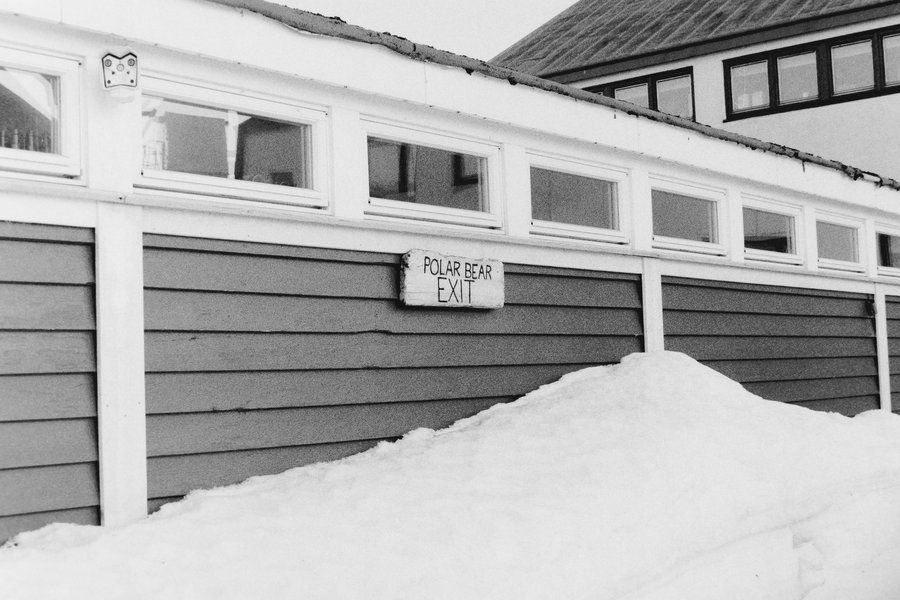
Photo: Gryphen Goss
One last chance with a side of sea sickness
Three days before I was due to leave, I set out towards Borebukta, directly across Isfjord from Longyearbyen.
Isfjord is quite large. It took over an hour to cross. The winds were quite intense along with the waves. It was the first time I had ever gotten seasick. It hit me like a wave and I couldn’t get up from my seat. I rushed to the back of the boat and gulped down sea sickness medication. Half an hour later, I was a new person. It was liberating.
By the time we reached the sea ice in Borebukta, I was able to stand on the bow and take in yet another perfectly sunny, snowy mountain view. Borebreen’s glacier front looked ever so blue against the white sea ice that buttressed it. Calm and quiet. Cool. I could sit on the ledge of that boat indefinitely, watching the pure stillness of the razor-edge peaks and glacier tongues.
“POLAR BEAR!” Someone yelled, slicing the peaceful silence.
In utter disbelief, “There’s not a chance,” I thought.
“THERE! RIGHT IN FRONT OF THE GLACIER FRONT”.
I couldn’t see a damn thing. I waited patiently for a pair of binoculars (2 pairs for 30 people).
Finally, after what felt like an hour, it was my turn. There it was, a polar bear, living its life on the sea ice amongst the glaciers of Svalbard, its perfect habitat. There was even a seal not too far away. I couldn’t help but think how oblivious that lone polar bear was to the fragile world around it. It’s living in a place changing so rapidly, and not for the best. At least it had a seal.
